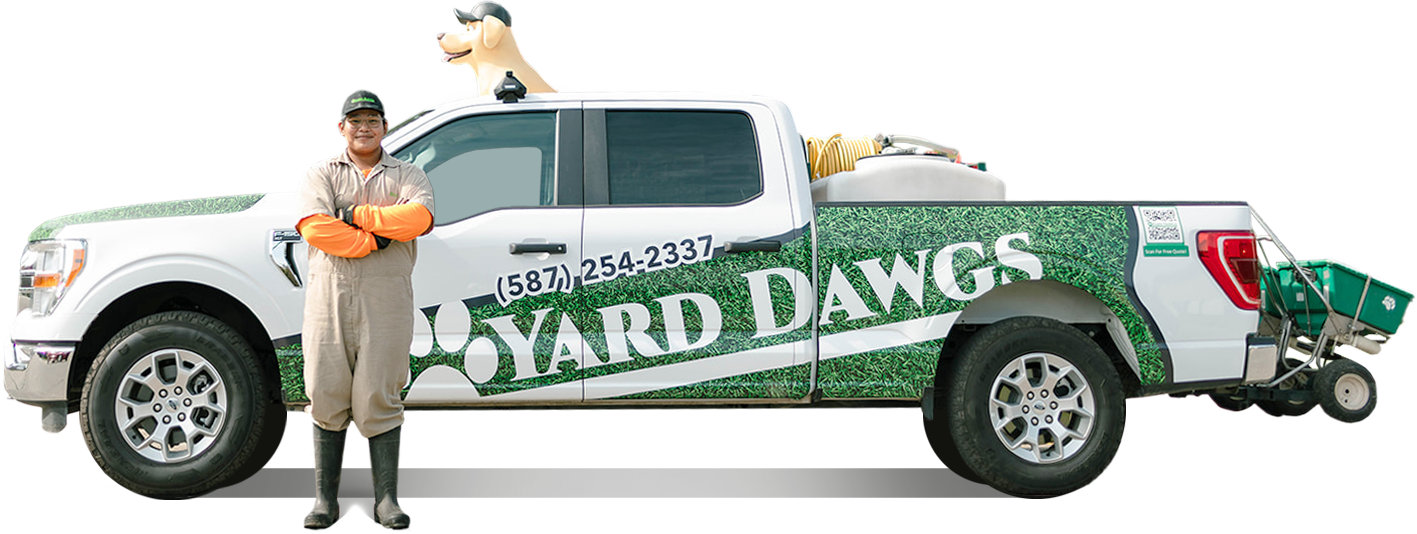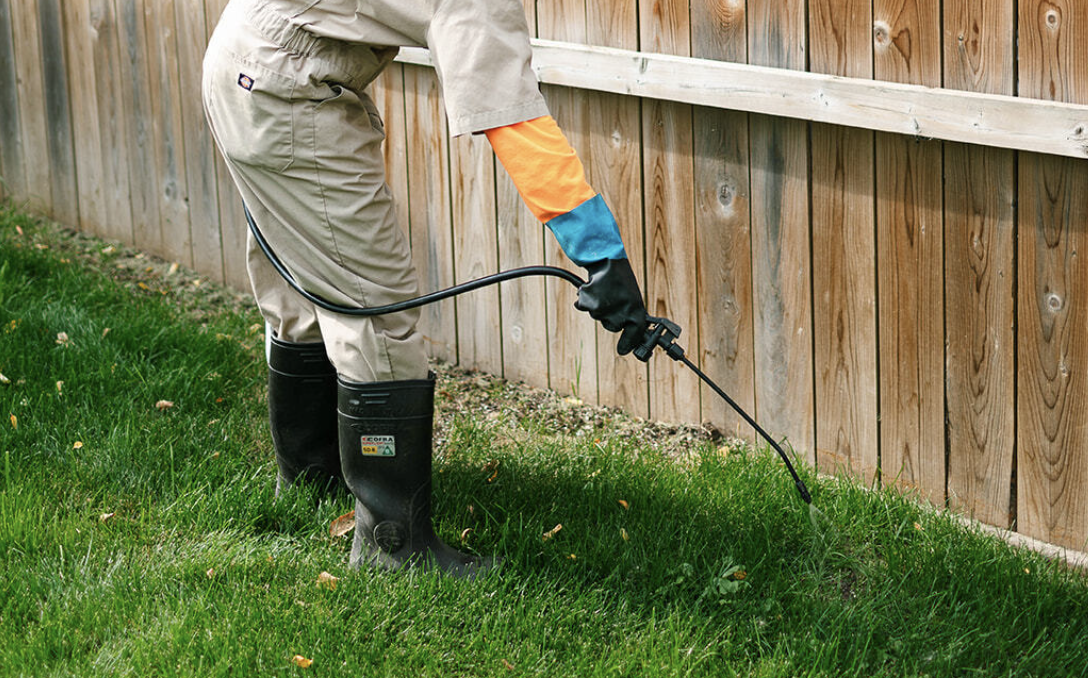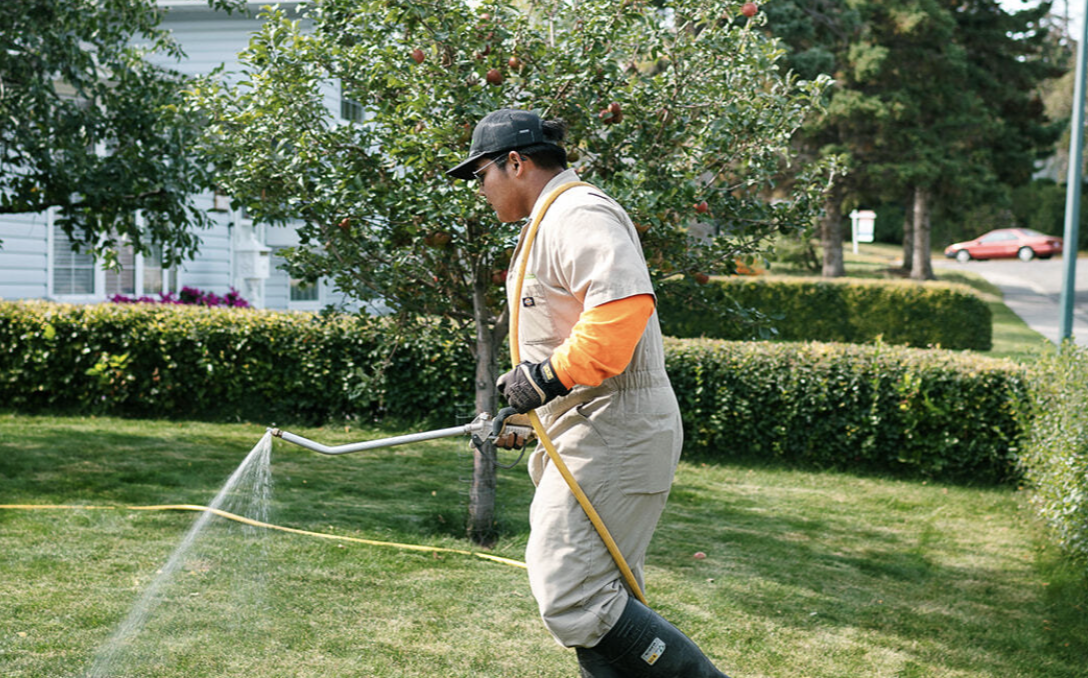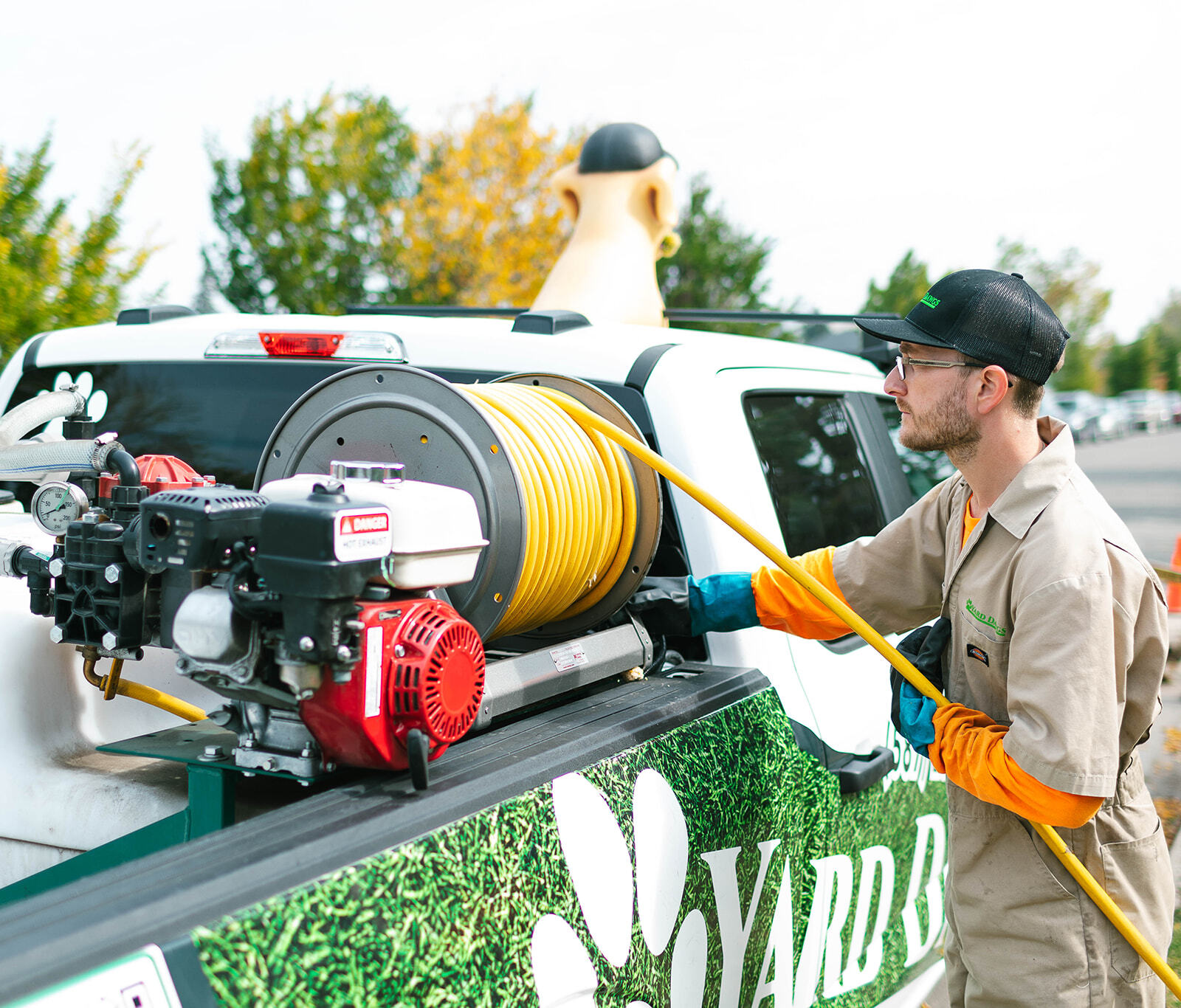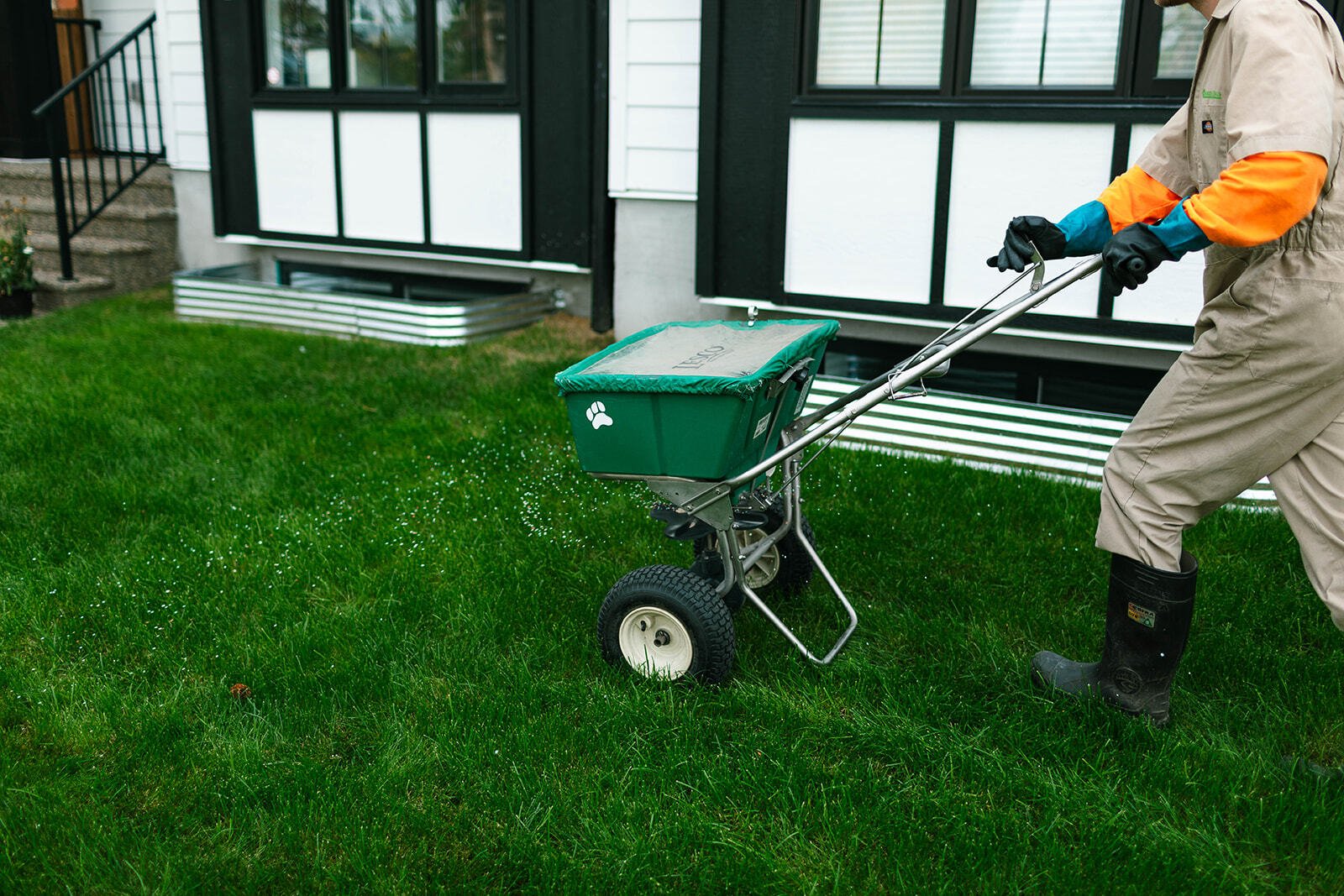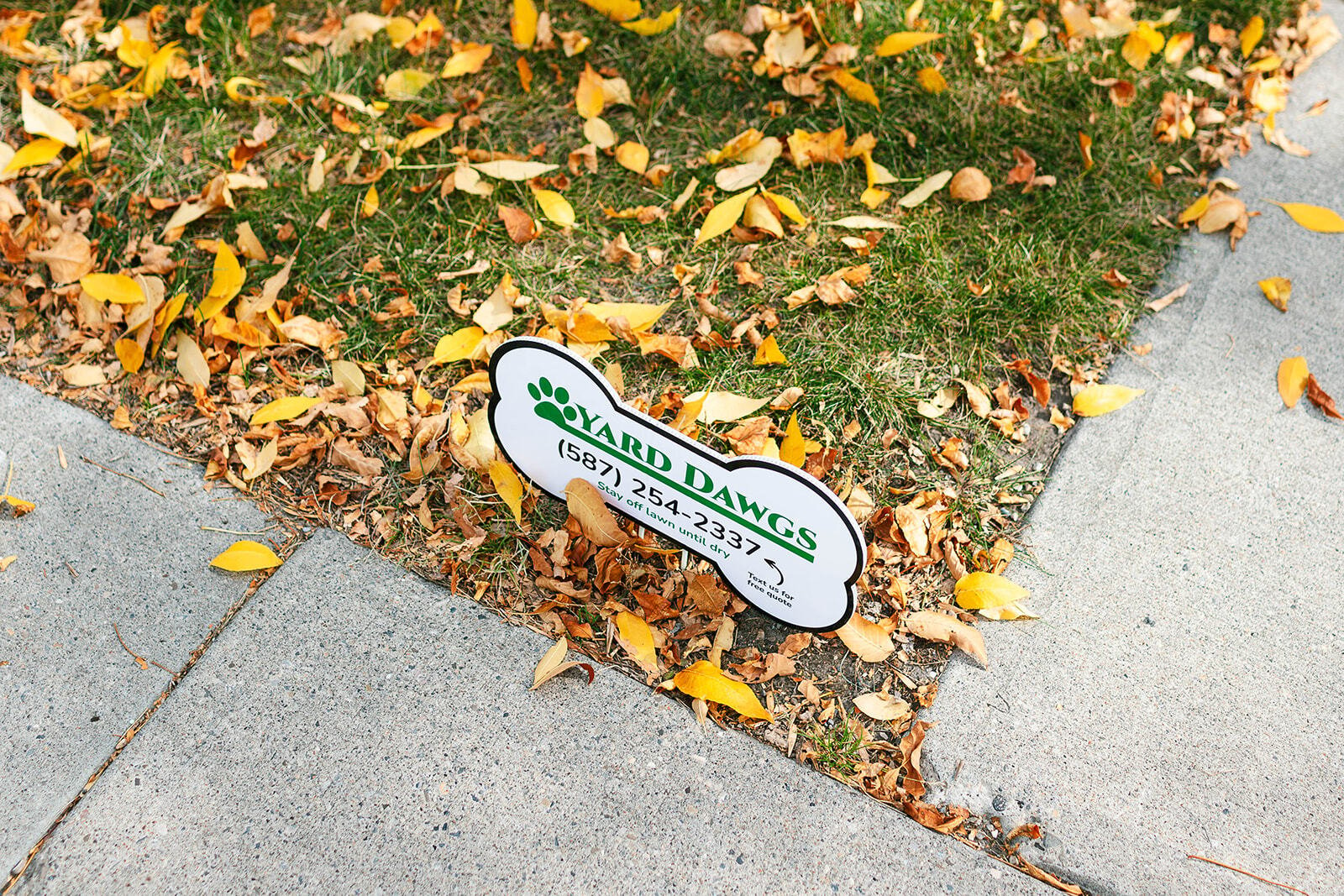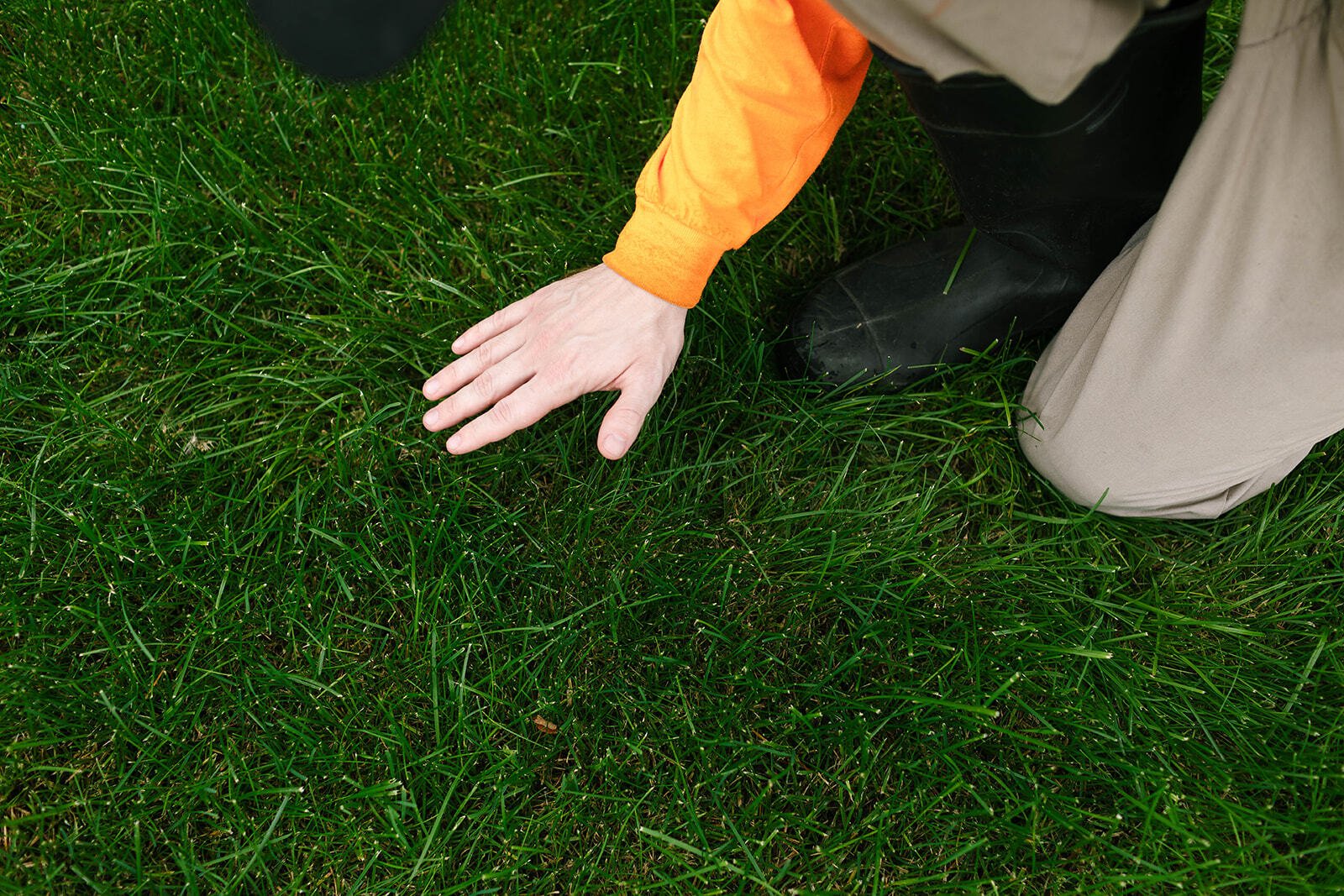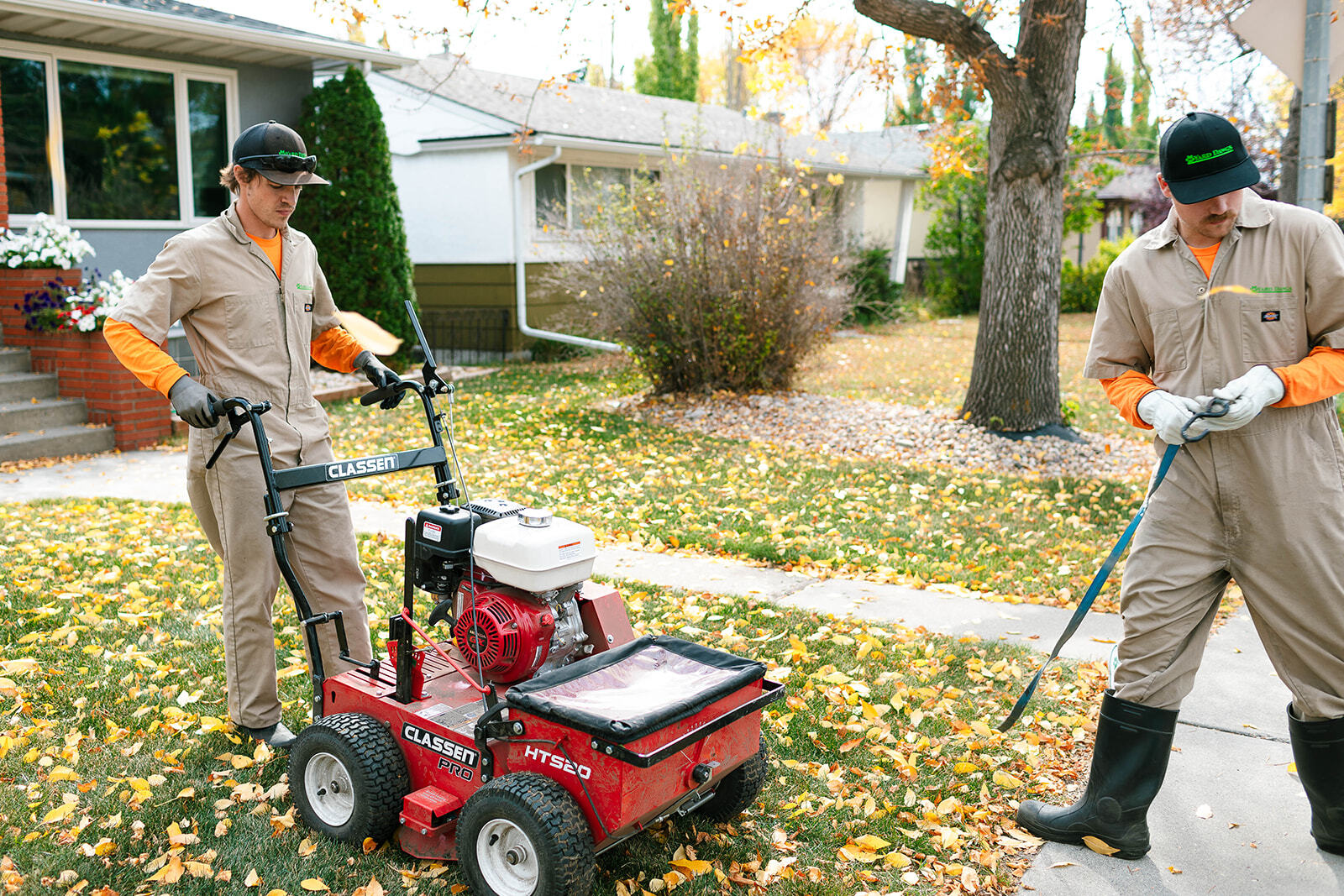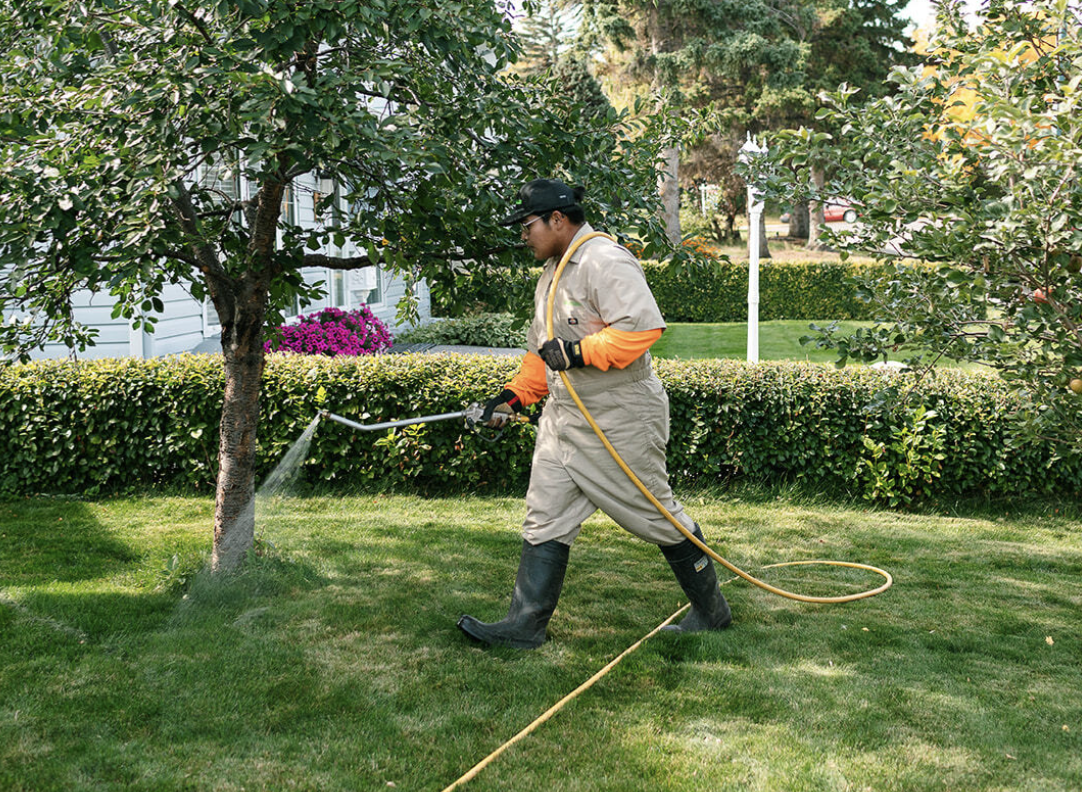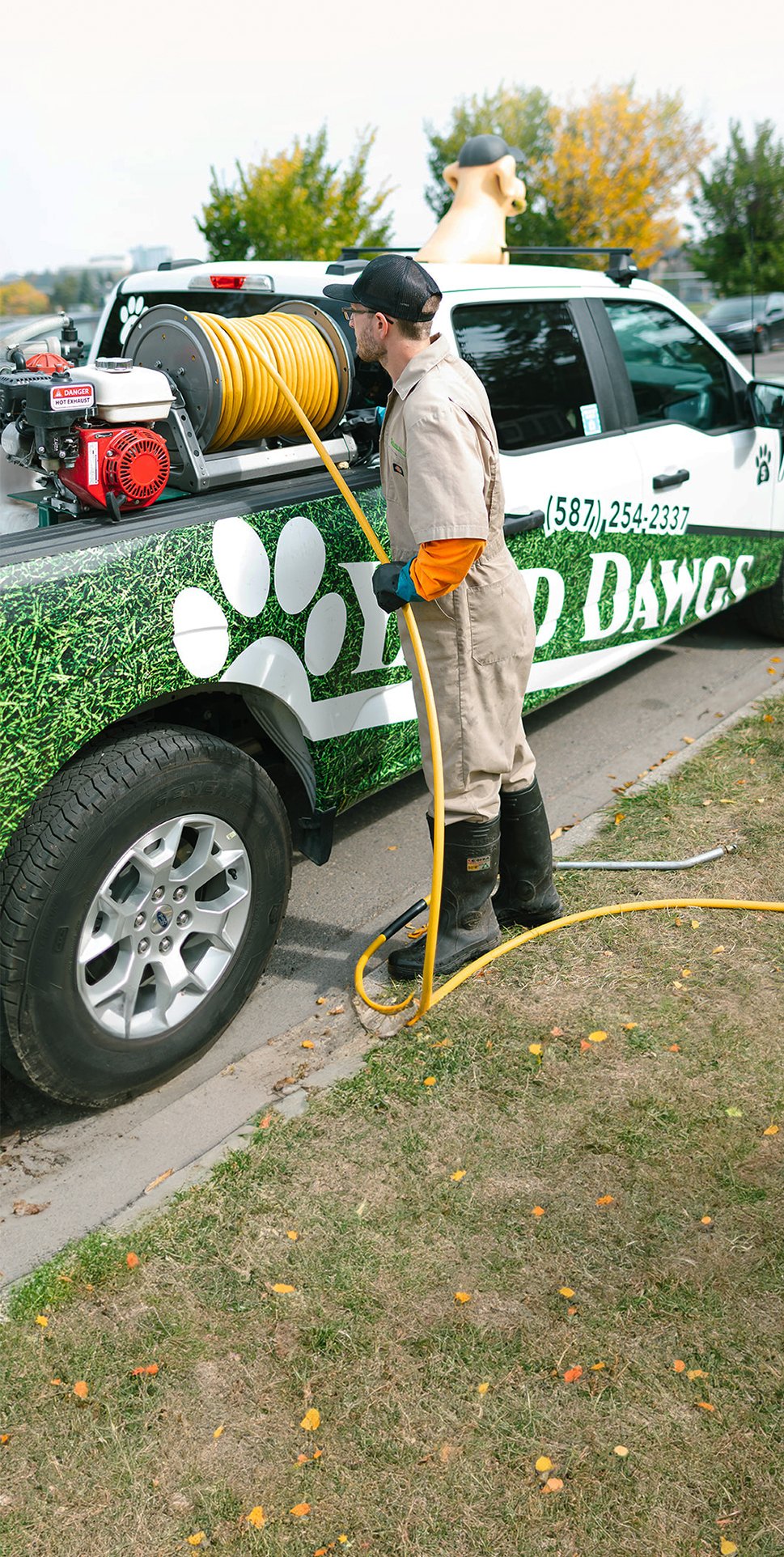Every homeowner’s dream, at least one of the dreams, is to have a lush and green lawn. However, it requires a bit more effort than just occasional mowing. The thing is, even with a lot of effort, many homeowners still make some mistakes (unknowingly) that leave their yards looking patchy or lifeless. Understanding these lawn care mistakes is crucial to avoid them.
In this article, we will overview the most common lawn care mistakes and provide you with actionable recommendations on how to avoid them. So, let’s dive right into it.

What is the Most Common Mistake Seen When Treating Lawns?
The most common mistake homeowners make when treating lawns is cutting the grass too short. This can damage the root system, increase susceptibility to weeds, and hinder healthy growth. We'll cover this and other key lawn care mistakes in the sections below.
Importance of Good Lawn Care
To understand why you should avoid lawn care mistakes, let’s briefly overview the importance of good lawn care.
- Enhances curb appeal, making your home more attractive and increasing property value.
- Promotes a healthy environment by improving air quality, reducing soil erosion, and filtering pollutants.
- Creates a safe, enjoyable outdoor space for relaxation, play, and entertaining.
Top Lawn Care Mistakes People Make
As far as we are clear on the importance of proper lawn care, let’s overview the main lawn care mistakes and actionable strategies for avoiding those.
Cutting Grass Too Short
Every expert will point out that the number one mistake is cutting the grass too short. Are you planning to “scalp” your lawn? If not, leave it some grass. In fact, cutting the grass too short makes it more prone to pests, disease, and drought.
Here is how you can avoid this mistake:
- Set your mower blade to the recommended height for your grass type (typically 2.5–4 inches).
- Avoid cutting more than one-third of the grass blade length at a time.
- Mow regularly to maintain an even height without overcutting.
However, keep in mind that depending on the type of grass you are dealing with, you might have to leave it longer or cut it shorter. To make sure you provide appropriate care for your grass type, consult our professionals, and they will help you with expert advice.
What is the 1 3 Rule for Lawn Care?
A useful guideline in lawn care is the 1 3 rule for lawn. This rule recommends that you never cut more than one-third of the grass blade length at a time. Following this rule helps protect your lawn from stress, pests, and disease—common mistakes that can leave your grass vulnerable.
Overwatering
Water is essential for your lawn’s health and its ability to absorb nutrients better. However, overwatering often leads to the opposite of what you could expect. Overwatering leads to disease and wasted resources.
To avoid it, make sure to:
- Water deeply but infrequently, around 1–1.5 inches per week, including rainfall.
- Check the soil moisture before watering to ensure it isn’t already saturated.
- Use a sprinkler system with timers or smart irrigation to regulate watering.
Once again, depending on the region, climate, grass type frequency, and method of watering can differ.
Using too Much Fertilizer
Avoid using too much fertilizer. Why? Well, excessive fertilizer can burn your lawn and create nutrient imbalances. It leads to harmful runoff that affects the environment.
A few quick tips on how you can avoid over-fertilization include the following:
- Follow the product instructions and measure the appropriate amount of fertilizer based on your lawn size.
- Test your soil to determine what nutrients are needed.
- Apply fertilizer during the growing season when your grass can absorb nutrients effectively.
Applying Preventers Not at the Right Time
Yes, preventative treatments are good. No, you cannot overdo them and expect a healthy lawn. So, let’s break this down: Preventative treatments, like pre-emergent herbicides, are effective only if applied at the right time. Applying them too early or too late reduces their efficacy and can harm your lawn.
Here is how to avoid this mistake while taking care of your lawn:
- Monitor soil temperatures to determine the ideal time for application, typically when soil reaches 55°F.
- Use a lawn care calendar tailored to your region and grass type.
- Consult with professionals if you’re unsure about timing.
Not Knowing Soil pH Level and Appropriate Care Required
Make sure you know your soil’s pH level. The wrong pH level can hinder nutrient absorption, leaving your lawn unhealthy despite regular maintenance.
- Test your soil's pH level annually using a testing kit or professional service.
- Adjust soil pH by adding lime to raise it or sulfur to lower it, based on recommendations from the test.
- Use grass species and fertilizers suited to your soil conditions.
Dull Blades on the Mower
Don’t underestimate the power of mowing or the power of dull blades in damaging your grass instead of making it look better. Dull mower blades will tear the grass down, leading to ragged edges that are prone to drying out and disease.
Here is what you can do about it:
- Sharpen mower blades at least twice a season or more if you mow frequently.
- Inspect blades for damage regularly and replace them when necessary.
- Avoid mowing wet grass, as it can dull blades more quickly.
At the end of the day, by following these tips, you can avoid common lawn care mistakes and keep your yard healthy and lush.
Improve Your Lawn with Yard Dawgs
If you are on the lookout for good lawn care solutions, then you are definitely in the right place. At Yard Dawgs, we ensure your lawn is lush and taken care of by providing expert advice and customized care routines.
Our services range from aeration and weed control to slit-seeding and super juice. Contact us to learn more about our offerings and how we can help you.


